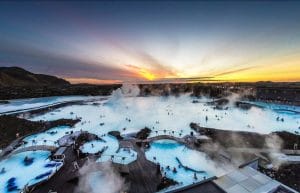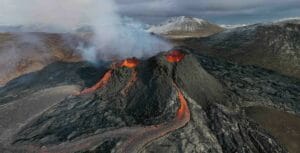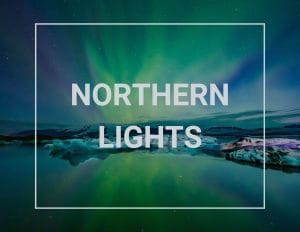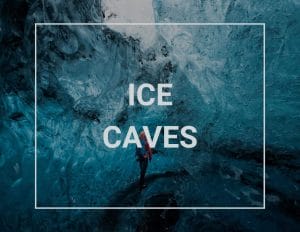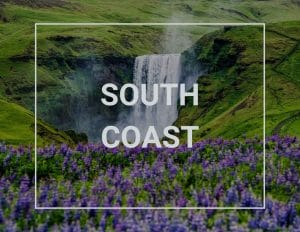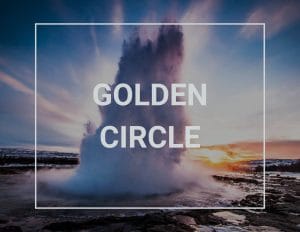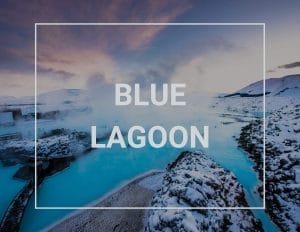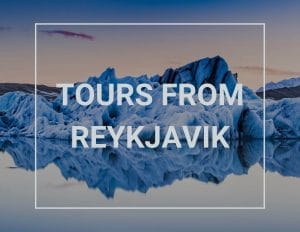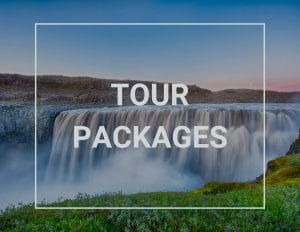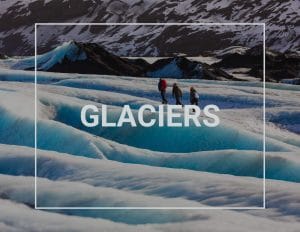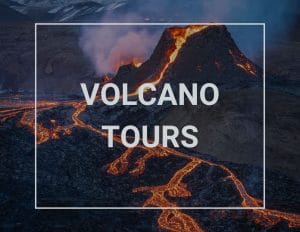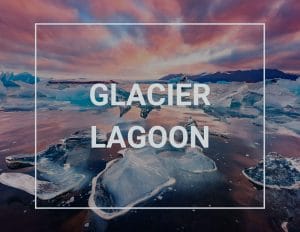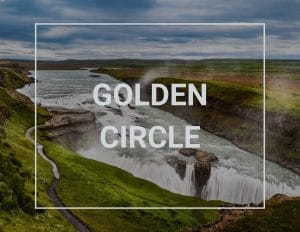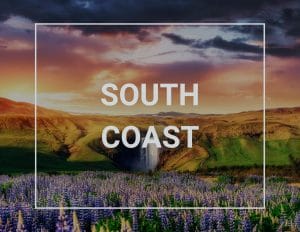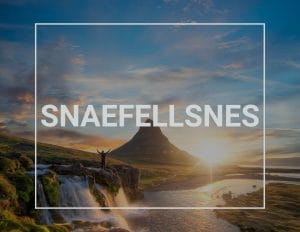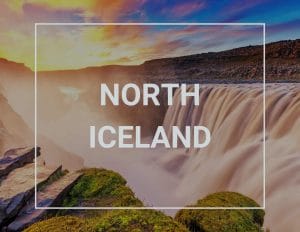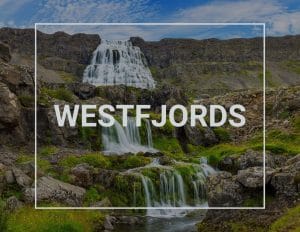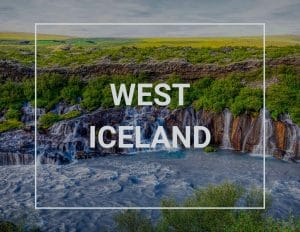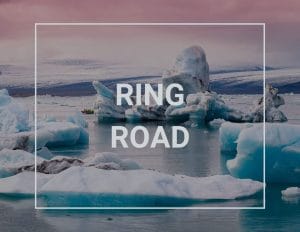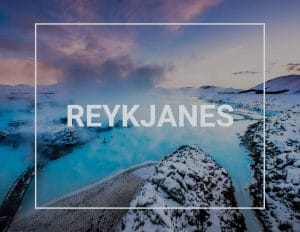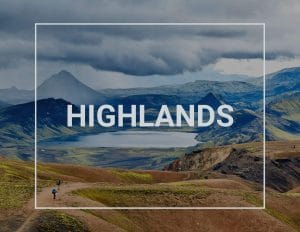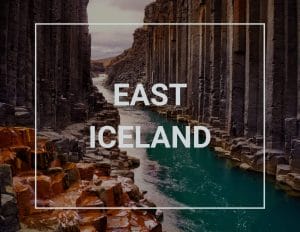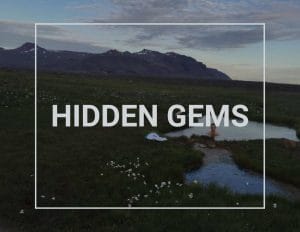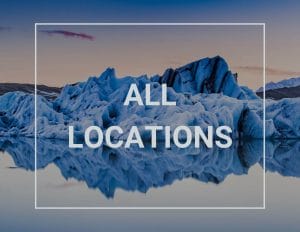About Tour
Reykjanes GeoPark Tour
Discover the extraordinary Reykjanes Peninsula, where the North American and Eurasian tectonic plates meet, creating a unique geological wonderland. Recognized as a UNESCO Global Geopark, this area showcases geological sites of exceptional international significance.
Our adventure begins with a convenient pickup in Reykjavík, where we embark on a journey through stunning landscapes. Along the way, you’ll be captivated by breathtaking views of rugged coastlines, volcanic craters, serene lakes, and sweeping lava fields that highlight Iceland’s dramatic beauty.
Our first stop is Seltún, one of Iceland’s most iconic geothermal areas. Here, you can marvel at boiling springs, bubbling mud pools, and the colorful, steaming earth, experiencing nature’s raw power firsthand.
Next, we’ll visit Fagradalsfjall Volcano, the youngest volcano in Iceland, surrounded by expansive, still-warm lava fields. We’ll embark on a 45-minute hike to a scenic viewpoint, traversing otherworldly terrain to get close to one of Iceland’s newest lava fields.
At the viewpoint, you’ll witness the stunning aftermath of recent eruptions and even have the opportunity to touch rocks that emerged from magma chambers just three years ago. Our expert guide will share fascinating insights about the region’s unique geology and local tales of volcanic activity, ensuring a rich learning experience.
The return hike to the parking lot will take another 45 minutes, making the total hiking experience, including stops, around 2 hours. The total hiking distance is approximately 5.5 kilometers (3.4 miles), along a well-maintained path. While mostly accessible, some moderately steep inclines with an elevation gain of about 300 meters over two kilometers are expected.
Changing weather and snow conditions can present challenges, but the hike is suitable for anyone in good physical condition. Be sure to wear warm, comfortable, windproof, and waterproof clothing, along with sturdy boots and hiking spikes to stay prepared.
Before we head back to Reykjavík, we’ll visit the charming Strandarkirkja, a small church with a rich cultural history, set in a tranquil and remote location—a perfect spot for a moment of reflection.
We’ll conclude the tour with a stop at a local restaurant, where you can indulge in a delicious lunch (optional, not included). It’s the ideal way to refuel and reflect on the incredible experiences of the day.
Included
- Bus transportation
- Complimentary Wi-Fi
- Guided tour and hike included
What to bring
- Hiking boots
- Warm clothing, gloves, and a hat
- Hiking poles (recommended)
- Hiking crampons (recommended during winter)
- A bottle of water
Good to know
- The hiking time on this tour is 2 hours
- Total hiking distance is 5.5 km (3.4 mi)
- Max ascent is 300m (985 feet)
- Dress according to the weather conditions.
- Wear crampons (in winter) and sturdy hiking boots.
- Remember to bring water with you.
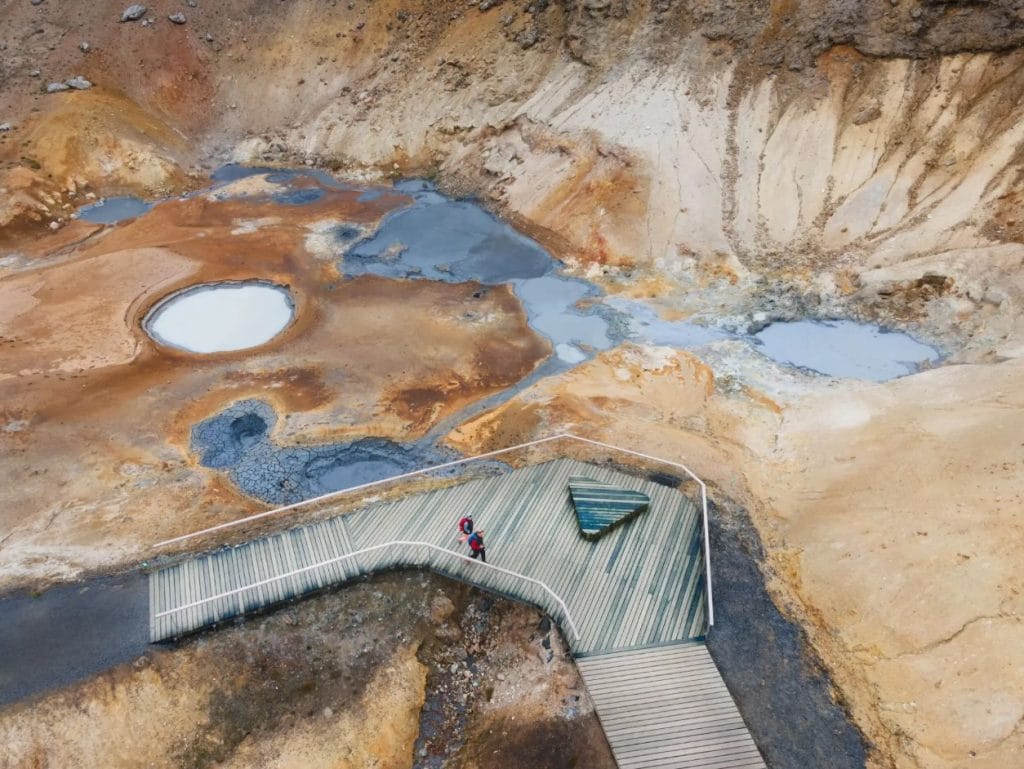
Itinerary
Fagradalsfjall
Situated within the Reykjanes UNESCO Geopark, Fagradalsfjall is a testament to Iceland’s volcanic power. It has erupted three times from 2021 to 2023 and is expected to continue its eruptive activity in the future. Scientists indicate that this type of volcano can remain active for decades, featuring a series of eruptions separated by pauses. Notably, Fagradalsfjall is a non-explosive volcano, characterized by slow-moving lava flows, which makes its eruptions relatively safe to observe. This allows nature enthusiasts to witness the awe-inspiring displays up close. With its recent activity and accessibility, Fagradalsfjall is set to eclipse the fame of Eyjafjallajökull.
Seltún Geothermal Area
The Seltún geothermal area, often referred to as Krýsuvik, is a favorite destination for geology enthusiasts and hikers alike. Here, bubbling mud pools emerge from the vibrant yellow, red, and orange clay-like earth, accompanied by swirling steam and hot springs. Numerous short walking paths create an otherworldly atmosphere, making visitors feel as if they are wandering through a cosmic landscape. This region provides a remarkable insight into Iceland’s raw geothermal energy, which fuels much of the island.























